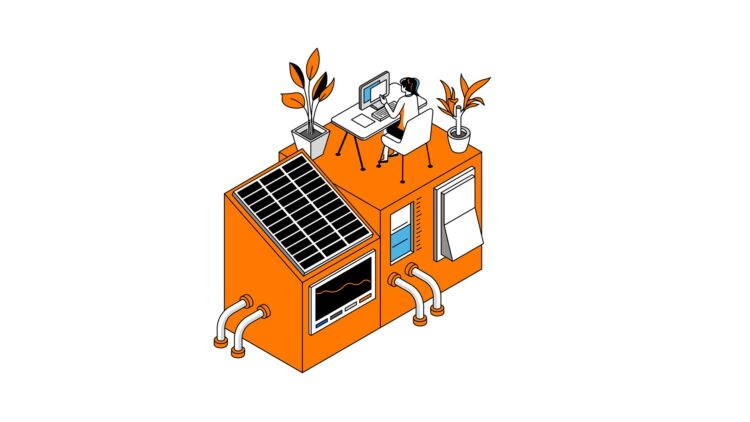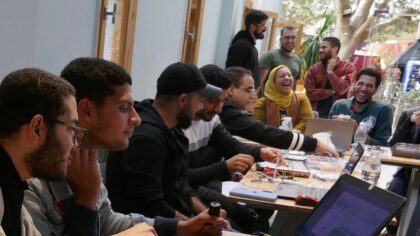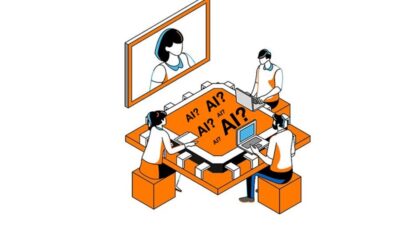A custom methodology to “activate” sustainable business models
• More and more organisations are putting the idea of a sustainable business model at the heart of their plans.
• Assessing a company’s impact, from every standpoint (economic, social, societal and environmental to name just a few), is a complex task.
• As part of Fabrik Durable, Orange is trialling an innovative methodology based on the research of Thierry Rayna (École Polytechnique, CNRS).
Read the article
• Assessing a company’s impact, from every standpoint (economic, social, societal and environmental to name just a few), is a complex task.
• As part of Fabrik Durable, Orange is trialling an innovative methodology based on the research of Thierry Rayna (École Polytechnique, CNRS).


Customer engagement in the digital age: how to activate and anchor it
Read the article

Citizens speak up about the networks of tomorrow: towards a responsible digital system
Read the article
HUBiquitous: IoT and AI to support the digital transformation in Africa
Read the article

